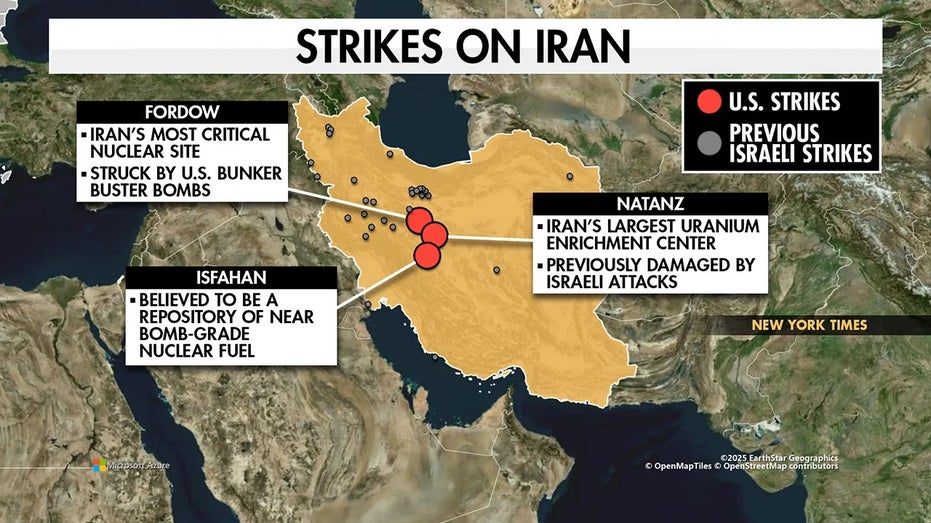The historic strikes on Iran revealed more than just U.S. power on the world stage — they also exposed the defense industry’s potential weak points in its supply chain.
Exiger CEO Brandon Daniels believes that if America can rethink how it approaches its defense supply chain, it could transform from a major vulnerability into the U.S.’s greatest asset.
“There are a few critical things that we saw come up in our data and start to come up as our AI was looking at the potential impacts. One is that there is a pervasive impact in terms of Israeli technology dependencies,” Daniels told FOX Business.
RAND PAUL QUESTIONS WHETHER TRUMP’S IRAN ATTACK WAS A GOOD IDEA: ‘CRITICS ARE LOVING IT’
Exiger found that more than 28,000 U.S.-based companies were dependent on technology that is made, updated or maintained in Israel. As Israelis began locking down during the conflict with Iran, it put the operations of those companies at risk. Daniels emphasized that when looking down the line at companies that are further removed from the conflict, the number of impacted firms goes up to roughly 13.7 million.
Daniels told FOX Business that Exiger found an “explosion” of dependencies on technology coming from the Middle East, especially when it comes to cybersecurity. He noted that Israel is one of the largest security software manufacturers in the world, which means U.S. companies are more vulnerable when Israel is in a time of war or conflict.
Had the conflict with Iran escalated into a “full kinetic expansion,” it “would have required us to substantially ramp and modify and redesign our supply chains to support systems like the B-2, which have several requirements in terms of critical minerals and magnets,” Daniels said.

IRAN COULD LOOK ‘A LOT WORSE’ DOWN THE ROAD DEPENDING ON HOW TRANSITION PLAYS OUT, EX-CIA STATION CHIEF WARNS
“We’ve got to actually move faster to turn our supply chain into the weapon itself. Because being able to act rapidly and procure rapidly is a differentiator when it comes to wartime fighting capability,” Daniels told FOX Business.
While these vulnerabilities became evident during Israel’s war with Hamas, which started in Oct. 2023 and is still ongoing, Daniels explained that they were more pronounced during the conflict with Iran.
“When you’ve got two major nations like Israel and Iran that are in full-scale kinetic warfare, you are going to have more exacerbated and more pronounced potential shutdowns… It is much more pronounced now than when it was when Israel was going after Hezbollah or Israel was going after Hamas. It is much more pronounced when you have a nation that has such significant military capacity actually engaging with another nation,” Daniels said.
Daniels warns that it’s time to stop thinking about supply chains six days or weeks out and start thinking about them six months to six years out in order to have maximum protection. Though he believes Congress will likely focus more on supply chain visibility in the National Defense Authorization Act (NDAA) for FY2026.
“I would guess — and from what I’m seeing, from what’s been published or the conversations I’m having — this year’s NDAA will take this issue of supply chain visibility very seriously for the department and for the contractors that are supporting the department,” Daniels told FOX Business.

When asked about what it would take to build a resilient defense supply chain in 2025, Daniels emphasized the need to map and account for the chain. This would mean having a full understanding of where parts are manufactured, who produces them and what goes into making them.
Additionally, the suppliers need to be integrated “into an engagement platform” that would allow for more open communication and strategizing. He also added that streamlining or eliminating unnecessary regulatory standards would allow the U.S. and its allies to take back more of the manufacturing process.
Read the full article here












